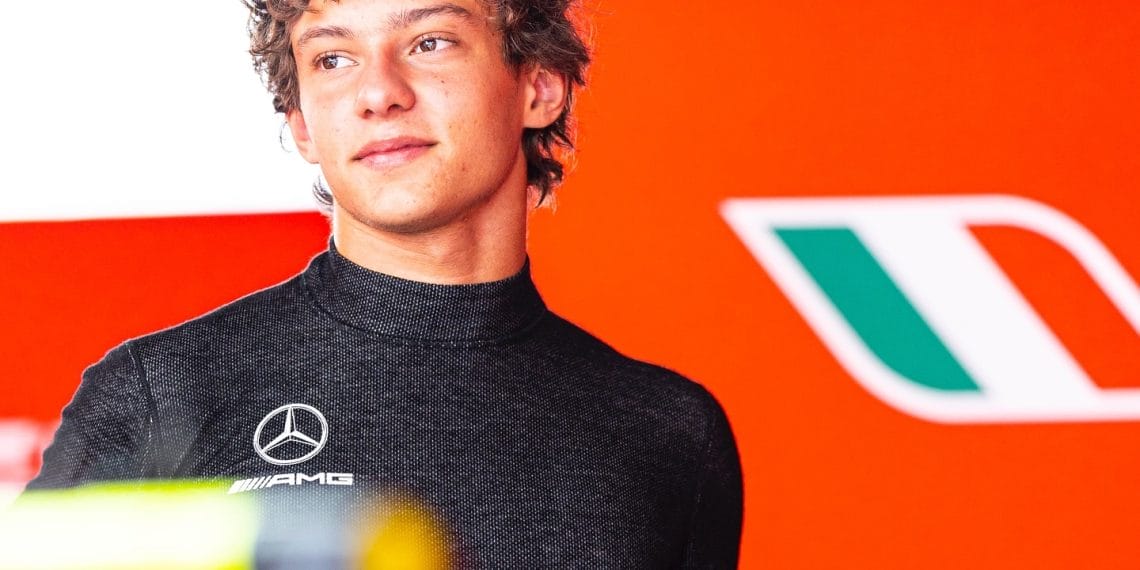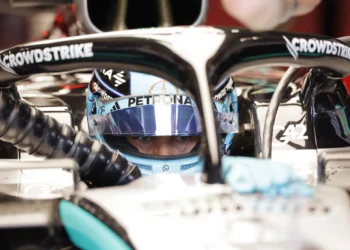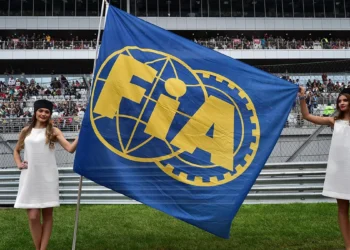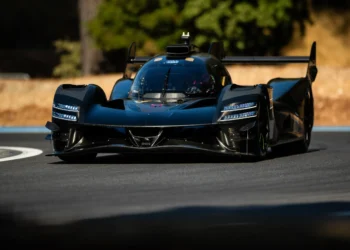In a move that has raised eyebrows across the paddock, Formula 1 rookie Kimi Antonelli will get his first taste of pre-season action in Mercedes’ legendary 2020 W11 at Jerez, Spain. While the decision may seem unconventional—given that the W11 is two regulation cycles removed from the current generation of ground-effect cars—Mercedes has a master plan behind this trip down memory lane.
Why the 2020 W11?
Mercedes’ choice to pull out the W11, the dominant car that secured Lewis Hamilton’s seventh world championship, comes in response to new restrictions on “Testing Previous Cars” (TPC). Under revised regulations introduced after concerns about teams exploiting TPC for technical gains, teams are now limited to 20 TPC days per year and just 1,000 kilometers of running for current drivers. These constraints make every kilometer of TPC precious, forcing teams to use the allowance judiciously.
By opting for a 2020 car, which falls under “Testing of Historic Cars” (THC)—free from mileage and day limitations—Mercedes avoids eating into its valuable TPC quota. This move allows Antonelli to rack up miles and polish his driving skills without compromising the team’s flexibility for later in the season.
A Rookie’s Pre-Season Preparation
Antonelli’s progression to F1 has been meticulously planned. The young Italian is no stranger to Mercedes’ machinery, having tested the 2021 and 2022 cars last year. However, the winter break means his driving instincts need a refresh before the season begins.
The W11, despite being part of the previous rules era, still serves as an excellent training tool. With its power, downforce, and handling characteristics, the car provides Antonelli with a robust platform to fine-tune his skills.
“This isn’t about testing the latest hardware,” a Mercedes insider explained. “It’s about shaking off the winter rust and giving Kimi a chance to build confidence and experience in a proven car.”
The New Era of Testing Restrictions
The decision to use the W11 underscores the growing importance of strategic testing within the confines of stricter FIA regulations. Previously, teams enjoyed near-unlimited freedom with older cars, allowing them to use extensive testing programs to prepare young drivers and refine setups. However, after Red Bull’s controversial 2023 Imola test with Max Verstappen in a 2022 car, tighter rules were introduced to prevent teams from gaining competitive advantages under the guise of testing.
The introduction of these limits has forced teams like Mercedes to rethink how they approach driver development and technical training. The W11 represents a creative workaround—using a dominant car from a prior era to maximize track time without sacrificing future TPC opportunities.
What Antonelli Gains
For Antonelli, the Jerez session offers invaluable benefits. Driving the W11 provides him with a chance to experience the intensity of F1 machinery while focusing on car control, consistency, and acclimatization. While the W11’s handling may differ slightly from the current generation of cars, the fundamentals—managing speed, perfecting braking points, and understanding race-level aerodynamics—remain universal.
Additionally, the session doubles as a confidence booster for the rookie, ensuring he hits the ground running when the season kicks off.
Mercedes’ Strategic Vision
This approach exemplifies Mercedes’ strategic foresight under the new testing restrictions. By preserving TPC mileage for critical in-season development and rookie-specific sessions, the team ensures that Antonelli’s debut season is as impactful as possible. Meanwhile, using the W11 reinforces the team’s philosophy of leaving no stone unturned in driver preparation.
2024 and Beyond
As Kimi Antonelli embarks on his rookie season, Mercedes’ decision to leverage the 2020 W11 highlights how testing has evolved in the face of new regulations. The team’s ability to adapt and innovate is a testament to its championship pedigree, and Antonelli’s time in the W11 may well lay the foundation for future success.
Mercedes’ focus on efficiency and precision—not just in racing but in every facet of preparation—could prove to be the defining factor in a season where every detail matters.













